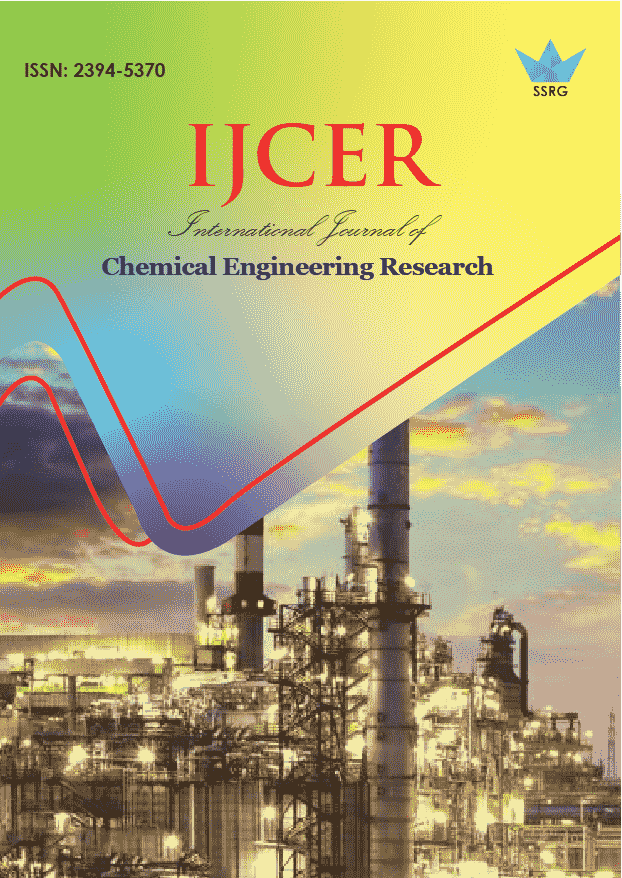Potential of Biomass for Electricity Generation using Environment-Friendly MFC

| International Journal of Chemical Engineering Research |
| © 2017 by SSRG - IJCER Journal |
| Volume 4 Issue 3 |
| Year of Publication : 2017 |
| Authors : Anand Parkash |
How to Cite?
Anand Parkash, "Potential of Biomass for Electricity Generation using Environment-Friendly MFC," SSRG International Journal of Chemical Engineering Research, vol. 4, no. 3, pp. 15-18, 2017. Crossref, https://doi.org/10.14445/23945370/IJCER-V4I6P102
Abstract:
MFC had advantages over theconventional treatment of wastewater regarding nature of converting chemical energy into bio-electricity generation. The study was made for treatment of algal biomass in MFC for electricity generation. The present study deals with the utilization of sewage sludge, which contains ahigh level of readily biodegradable biowaste and is also one of the major sources of environmental pollution, as asubstrate in MFC. Saccharomyces cerevisiae used biocatalyst and potassium ferricyanide as an oxidizer were utilized for the conversion of sewage sludge into voltage utilizing dual chambered MFC.A maximum of thevoltage of 0.9-1.0V was obtained per liter of the sludgewith the cathode in continuous mode and theanode in batch feed mode of operation
Keywords:
Algal Biomass, Electricity Generation, MFC
References:
[1] Parkash A, Aziz S, Soomro SA (2015) Impact of Salt Concentrations on Electricity Generation using Hostel Sludge Based Duel Chambered Microbial Fuel Cell. J Bioprocess Biotech 5: 252 doi:10.4172/2155-9821.1000252.
[2] Shiv Kumar*, Harsh Dev Kumar, GireeshBabu K A study on the electricity generation from the cow dung using microbial fuel cell J Biochem Tech (2012) 3(4):442:447.
[3] Min, B., Kim, J.R., Oh, S.E., Regan, M.J., Logan, B.E., 2005. Electricity generation from swine wastewater using microbial fuel cells. Water Res. 39 (20), 4961–4968.
[4] Parkash A (2016) Characterization of Generated Voltage, Current, Power, and Power Density from Cow Dung Using Double Chambered Microbial Fuel Cell. J Phys ChemBiophys 6: 208. doi:10.4172/2161-0398.1000208.
[5] Scott, K., Murano, C., 2007. A study of a microbial fuel cell battery using manure sludge waste. J. Chem. Technol. Biotechnol. 82 (9), 809–817.
[6] Dental, S.K., Strogen, B., Chiu, P., 2004. Direct generation of electricity from sludges and other liquid wastes. Water Sci. Technol. 50 (9), 161–168.
[7] Rabaey, K., Verstraete, W., 2005. Microbial fuel cells: novel biotechnology for energy generation. Trends Biotechnol. 23 (6), 291–298.
[8] Parkash A (2015) Design and Fabrication of a Double Chamber Microbial Fuel Cell for Voltage Generation from Biowaste. J Bioprocess Biotech 5: 246 doi:10.4172/2155-9821.1000246.

 10.14445/23945370/IJCER-V4I6P102
10.14445/23945370/IJCER-V4I6P102